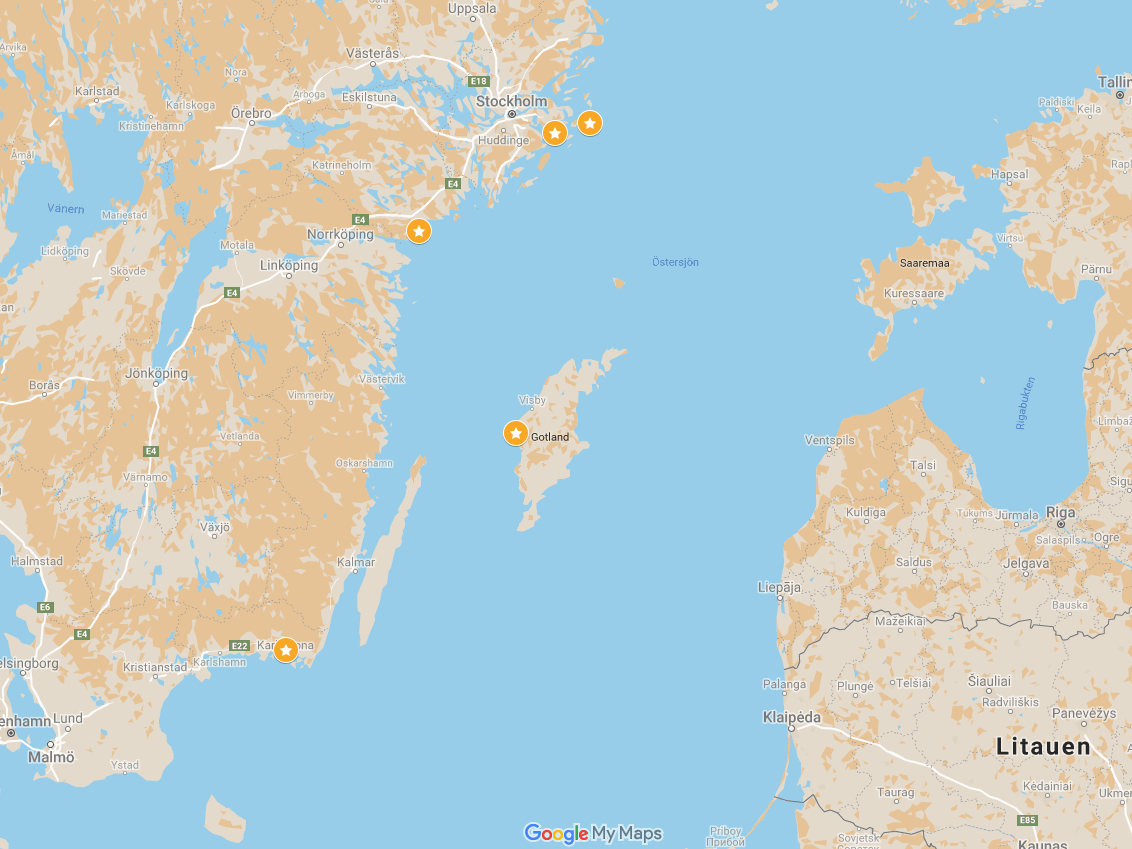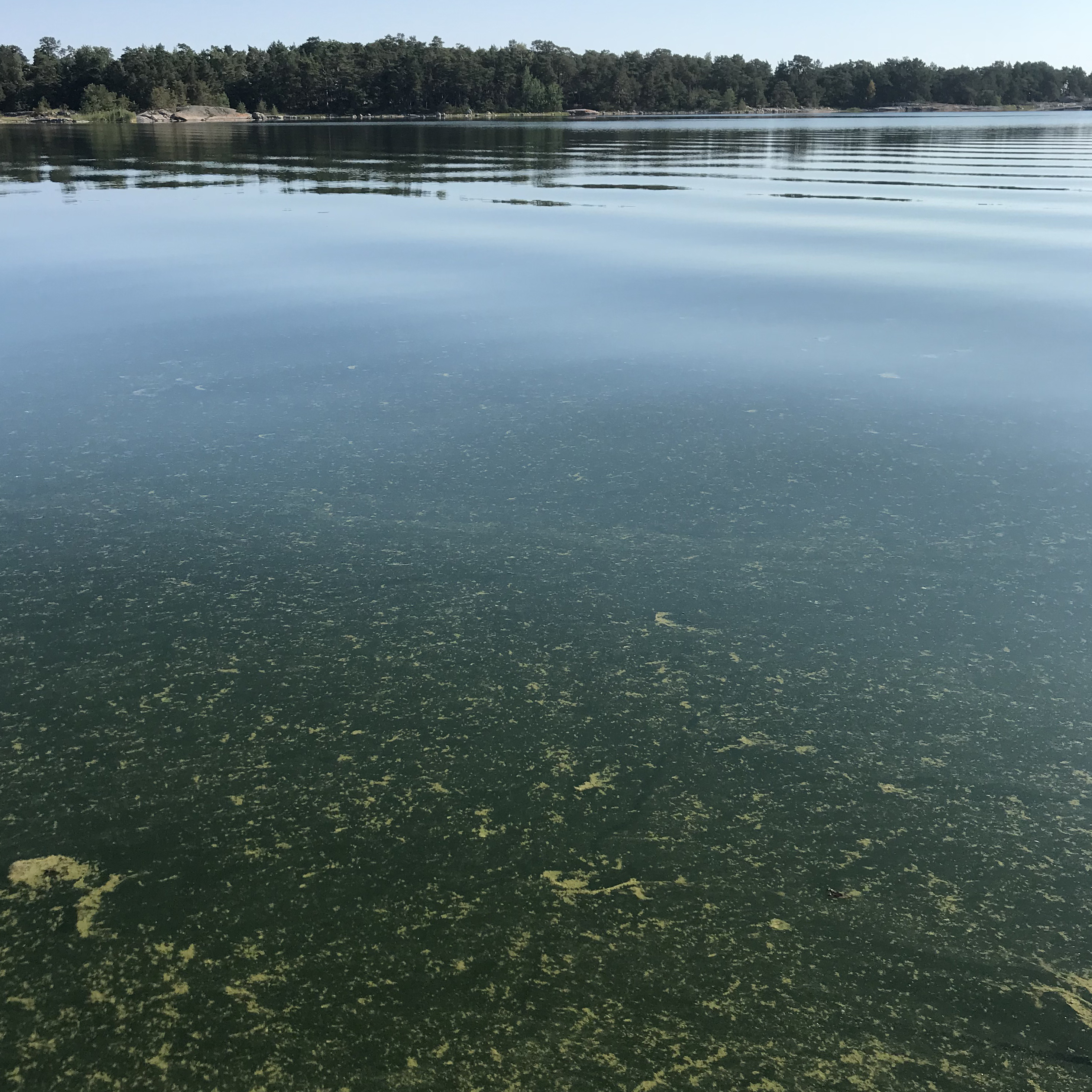Written by Prof. Laurence Carvalho, Freshwater Ecologist, and Jessica Richardson, PhD Candidate, Centre for Ecology and Hydrology, United Kingdom
Harmful algal blooms are a global problem, impacting on the availability of clean water for drinking, watering livestock, fisheries and recreation for millions of people around the world. It is widely believed that climate change is acting synergistically with nutrient pollution to exacerbate the problems of harmful blooms of cyanobacteria (also known as blue-green algae), particularly in lakes and reservoirs. Changes in air temperature and rainfall, however, can affect cyanobacteria by influencing hydrology, nutrient loading, lake temperature and physical structure, and community interactions. This complexity makes it difficult to predict what the effects of nutrients, in combination with climate change, will be. The growing availability of long-term and large-scale observational data, including Earth Observation, can help bring clarity to this complexity and assess whether generalised responses exist for different types of lakes, or in different parts of the world.
In a recent paper published in Global Change Biology (Richardson et al., 2018), we analysed data from a large dataset of approximately 500 European lakes to examine individual and interactive effects of nutrient and climate stressors (total phosphorus, temperature and water retention time). Total phosphorus generally had the strongest positive effect on the abundance of cyanobacteria. However, there was large variability among-lakes in responses to the three stressors, but when lakes were grouped by type, significant effects of temperature and rainfall were observed for some types (Figure). These analyses suggest that considering responses by lake type helps us to generalize the response of cyanobacteria to environmental change and to highlight particularly sensitive lake types.
New EO data products for chlorophyll and cyanobacteria, such as in H2020 CyanoAlert may help us to understand differing sensitivities of lake types globally and could also help us understand the changing timing and magnitude of blooms. The approaches we outline for analysing in-situ data are applicable to the large datasets now becoming available with EO.

Figure: Model summaries highlighting climate effects (temperature and retention time) for the response of (a) cyanobacteria and (b) chlorophyll-a. Each lake (point) is coloured according to statistically significant climate effects estimated for the lake type to which the lake belongs. Warmer colours represent positive climate effects, cooler colours represent either no climate effect or a negative climate effect (only applicable for retention time in chlorophyll-a models). n/a are polymictic, low alkalinity, clear lakes (n = 3) which had insufficient data for analysis. See Figure 1 [in Richardson et al. (2018)] for the spatial distribution of lake types. [Image reproduced with authors’ permission from original manuscript]
Citation: Richardson, J., Miller, C., Maberly, S.C., Taylor, P., Globevnik, L., Hunter, P., Jeppesen, E., Mischke, U., Moe, S.J., Pasztaleniec, A., Søndergaard, M., Carvalho, L. (2018). Effects of multiple stressors on cyanobacteria abundance vary with lake type, Global Change Biology 24: 5044-5055. DOI: 10.1111/gcb.14396







